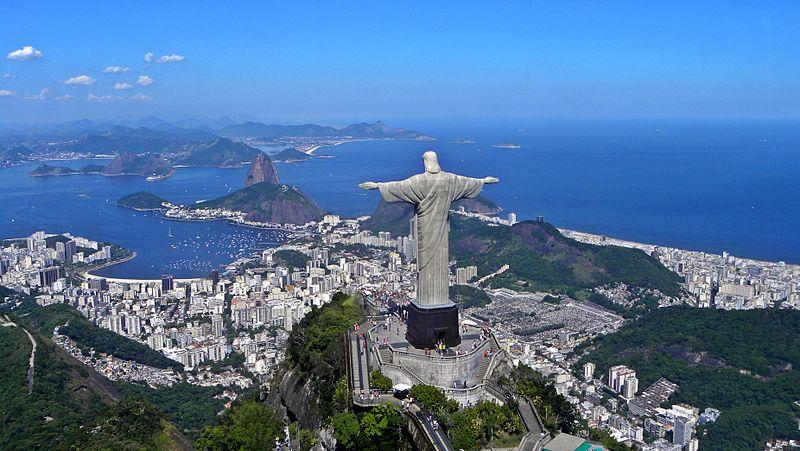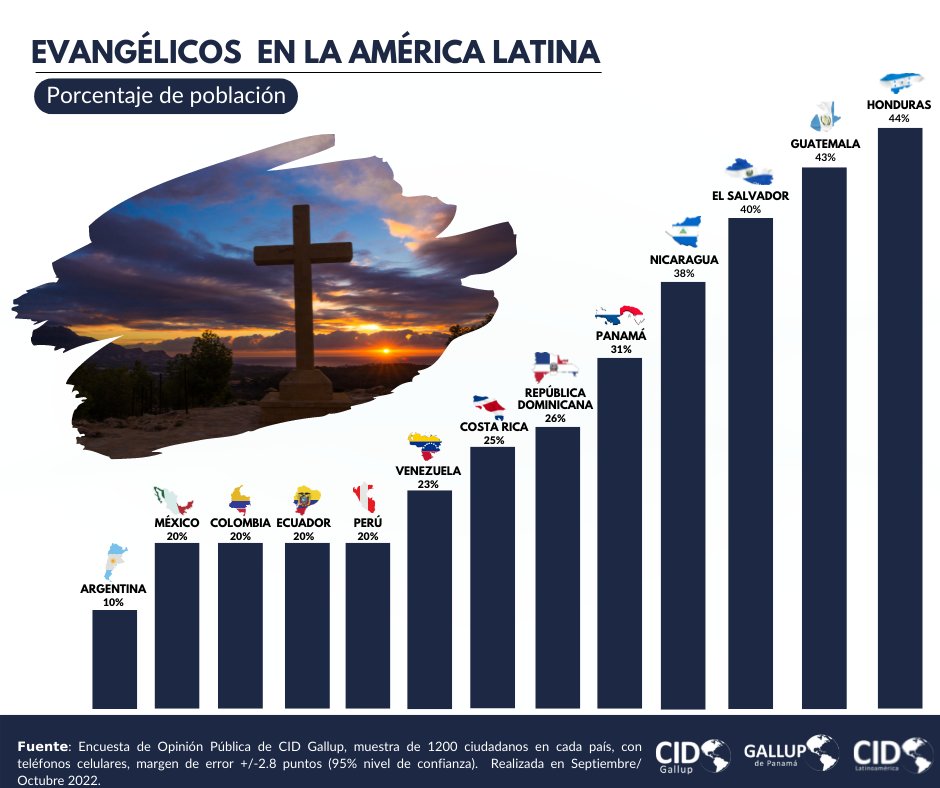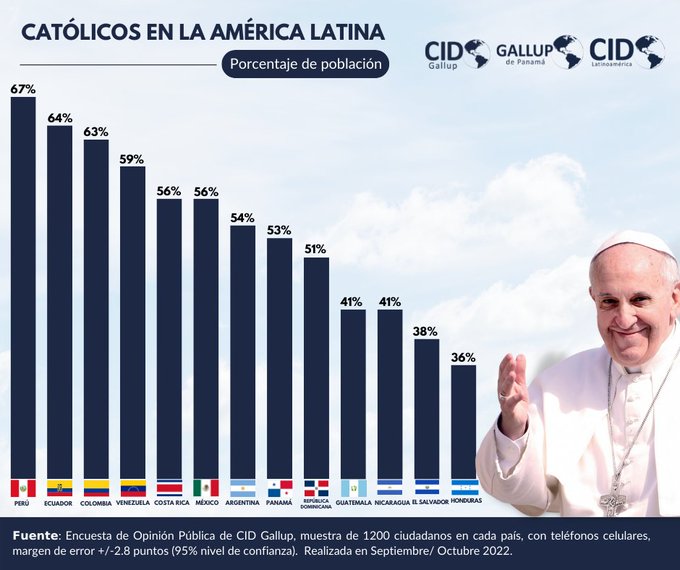Catholic Apathy Leads To Growth Of Evangelical Christian Churches In Latin America
If Catholic priests stay at home, evangelical pastors are glad to beat the bushes for congregants.

Credit: Wikimedia.
More than 500 years after Catholic conquerors and missionaries stepped foot on the American continent, the number of evangelical Christians continues to grow while Cathoilcs are declining.
For example, Honduras has now the least number of Catholics of any Latin American republic, according to a CID/Gallup poll.
As calculated by the survey, 44 percent of Hondurans identify as evangelical Christians, while Catholics amount to 36 percent. The next country with the least number of Catholics is El Salvador (38 percent) and Guatemala (41 percent). In Central America, only in Costa Rica did Catholics amount to more than half of the population at 56 percent.
As predicted by CID/Gallup, evangelical Christians will outnumber Catholics in Central America and Panama by the end of this decade.
Mexico, which saw some of the earliest attempts at converting natives in the mid-1500s, reported that Catholics amount to 54 percent of the population.
According to the polling firm, 1200 persons in each country were polled via cellular telephone. The survey claims an accuracy of 95 percent.
"Evangelicals regularly attend religious services, in contrast to most Catholics. The evangelical church offers support groups, frowns on alcohol consumption and libertine partying, not to mention carnivals, and encourages self-initiative. Salvation is individual, not collective," said Carlos Denton of CID/Gallup.
"Evangelical churches in poor neighborhoods provide a support network for the member; many are immigrants from rural areas or from other countries where they had supportive family. In this sense, the evangelical church replaces the family that was left behind," he added.
According to the polling firm, when a Catholic cleric asked him why evangelical Christian communities continue to grow, Denton responded:
"1) The evangelical pastor spends time on the street visiting homes, proselytizing, and looking for parishioners. The Catholic priest stays in the church waiting for people to come.
"2) The Catholic Church gets involved in politics, takes a position on non-religious issues, while pastors are dedicated to talking about the Almighty and the souls of the people.
"3) The Catholic Church has set a whole set of rules to be able to receive or participate in the sacraments. Christening godparents have to take a special course, just like the couple who want to get married. Evangelicals offer the same sacraments, but without courses and conditions.
In other words, evangelicals are more accessible, provide a support network, and look favorably on prosperity. Catholics are increasingly self-regulatory and encourage resignation in the face of poverty because there will be a reward in Heaven. It will be very difficult to combat this tendency if Rome does not change."

The following countries have the greatest percentages of evangelical Christians:
El Salvador (40 percent), Nicaragua (38 percent), Panama (31 percent), Dominican Republic (26 percent), Costa Rica (25 percent), Venezuela (23 percent), Peru (20 percent), Ecuador (20 percent), Colombia (20 percent), Mexico (20 percent), Argentina (10 percent).

The following countries have the greatest percentages of Catholics:
Peru (67 percent), Ecuador (64 percent), Colombia (63 percent), Venezuela (59 percent), Costa Rica (56 percent), Mexico (56 percent), Argentina (54 percent), Panama (53 percent), Dominican Republic (51 percent), Guatemala (41 percent), Nicaragua (41 percent), El Salvador (38 percent).
Argentina has the largest Jewish community in Latin America, even though its numbers dipped during the 1970s and 80s due to political strife and anti-Semitism. It currently stands at about 175,000. In neighboring Brazil, Jews number about 92,000.
In Central America and Mexico there has been also been an upsurge of syncretic, non-Judeo-Christian cults, such as Santeria and Santa Muerte.